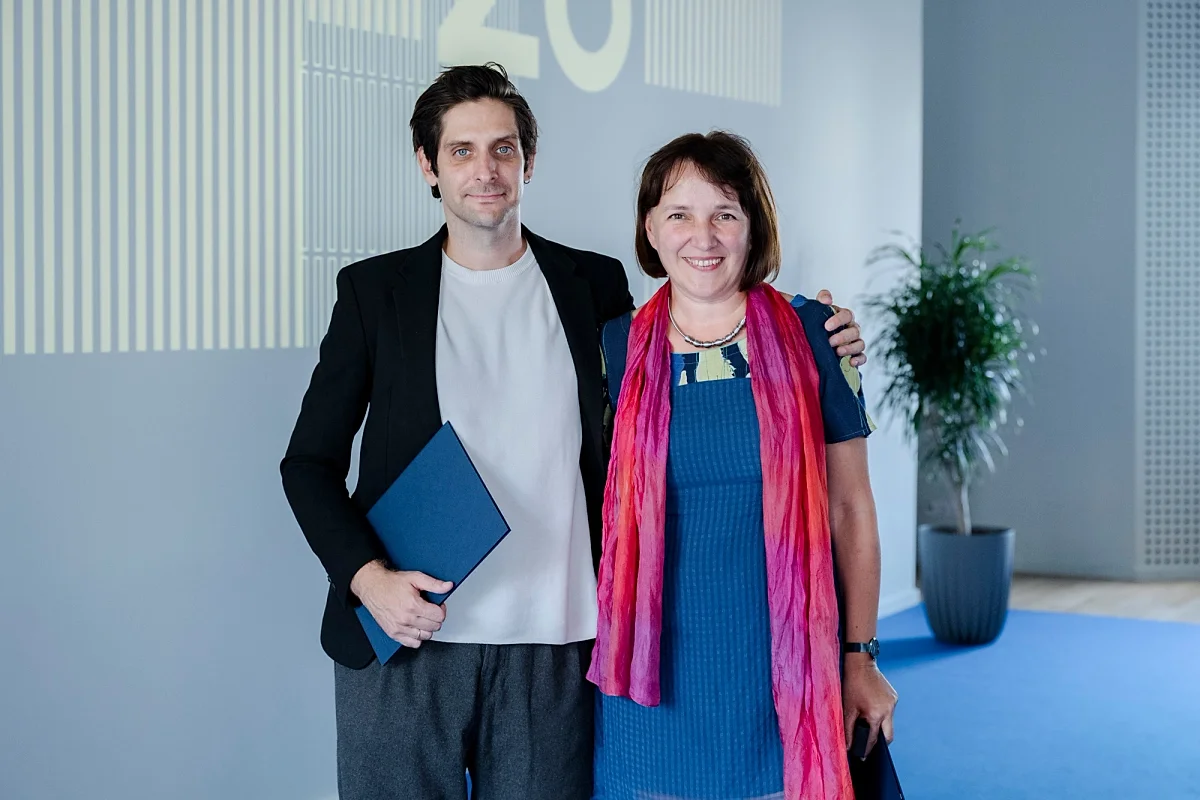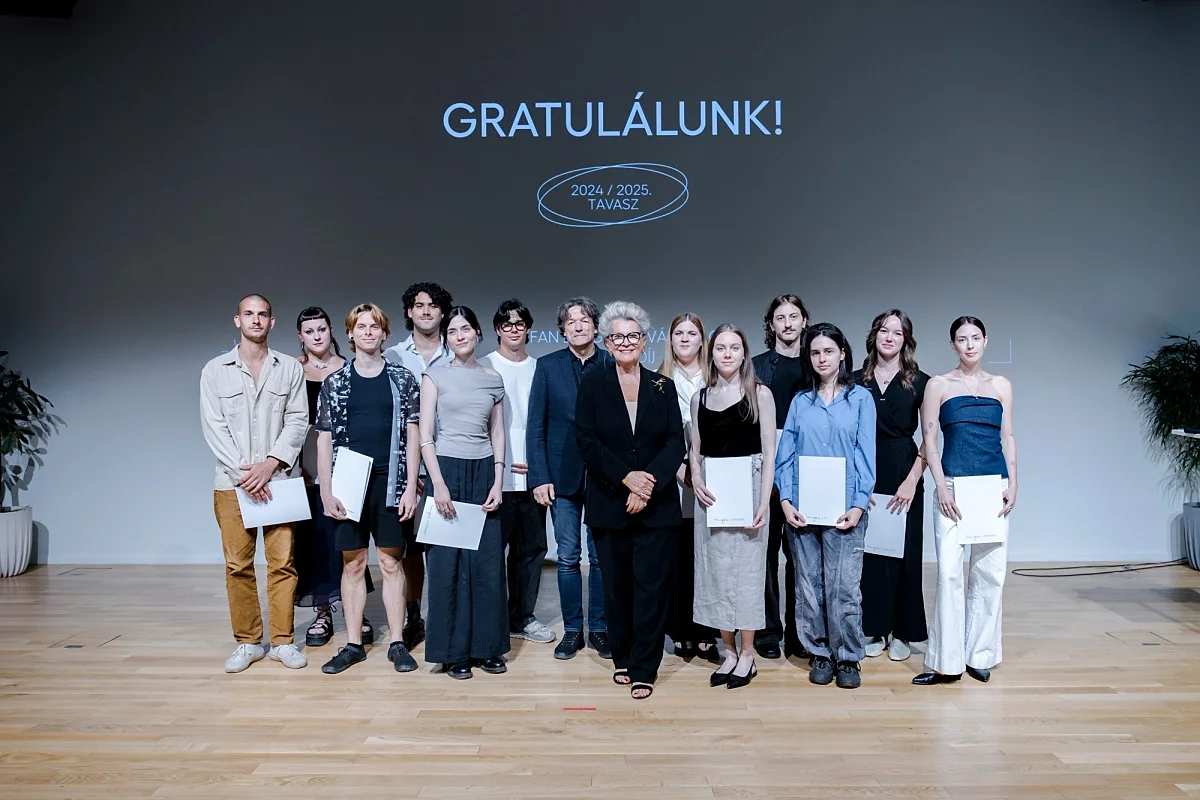
Virtual immersion – Anna Rósz’s portfolio
Date: 2022.12.12
Anna Rósz’s portfolio gives us a glimpse into her personal virtual space through three-dimensional modelling. She often explores the role of femininity and motherhood, as well as issues of intimacy and sexuality. Her graphic designs feature dream-like spaces and phantom-like, reflective figures as imprints of various emotional states.
Her shapes draw on the virtual world, a fictitious landscape where the human body is disconnected from reality. In her concept, she takes a look at the negative and positive effects of digital space occupation, and presents her unique system through the filter of her subjective experiences.
More news
The latest generation of fashion designers dazzled audiences at the three sold-out MOME Fashion Show 2025 events. As the opening highlight of the autumn semester, the show debuted more than one hundred looks on the catwalk at the Zugliget campus of the Moholy-Nagy University of Art and Design. This year’s showcase placed contemporary themes and personal narratives centre stage, offering audiences a glimpse into how young designers see fashion today. As part of the wider programme, internationally renowned fashion curator Linda Loppa visited Budapest, and visitors were treated to an exclusive week-long exhibition of diploma collections by MOME’s Fashion and Textile Design graduates.
Two dedicated members of the faculty have been presented with this year’s Aurum Futuri (Gold of the Future) Award: art historian, curator, and lecturer Kinga German PhD, and design culture researcher and aesthetic theorist Ákos Schneider PhD. Both are professionals who believe in the transformative power of design and education, and whose impact reaches well beyond MOME itself. Now in its third year, the Aurum Futuri Award recognises MOME’s most outstanding educators and researchers, highlighting the value they create through mentoring, educational renewal, and research.
Hogyan támogathatja egy tér a közösségeket, hányféleképp lehet egy traumát a fotográfia segítségével képpé formálni? Miképpen vonhatunk be sérült embereket egyszerű tevékenységekbe, egy kis játékkal hogyan csökkenthetjük a kis elsősök szorongását? A válaszokat az ismét a MOME évnyitóján átadott Stefan Lengyel Kiválósági Ösztöndíj nyertesei mondják el munkáikkal: az idei válogatás egyszerre bizonyítja, hogy a design egy gondolkodásmód, amellyel esélyt teremthetünk, és amely nem nélkülözheti a kutatást és a kísérletezést sem.


